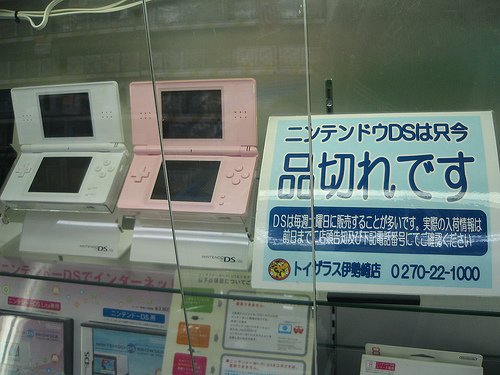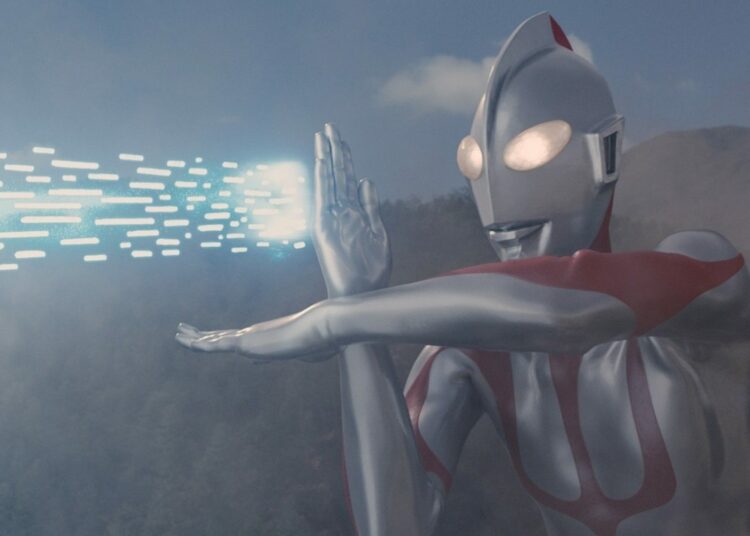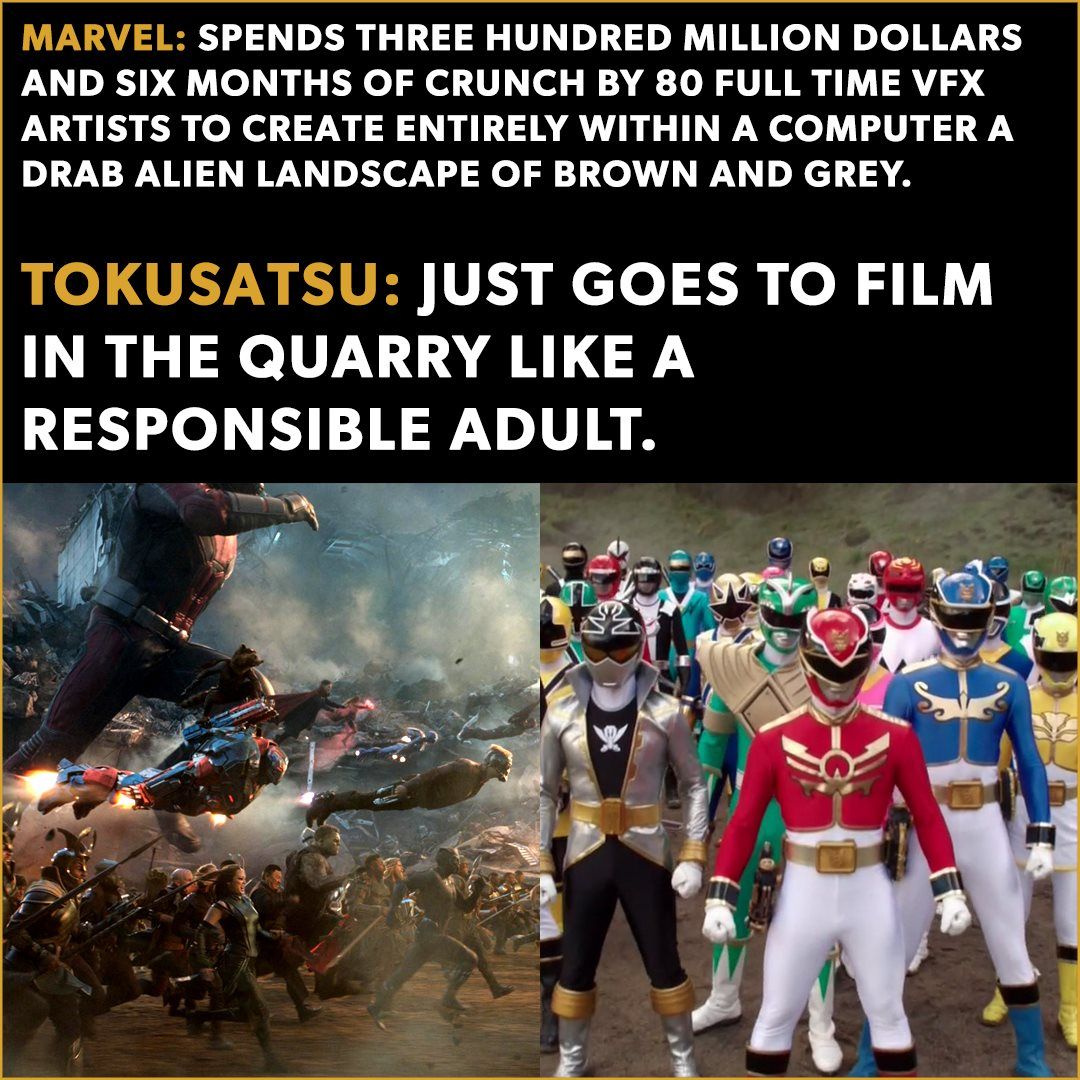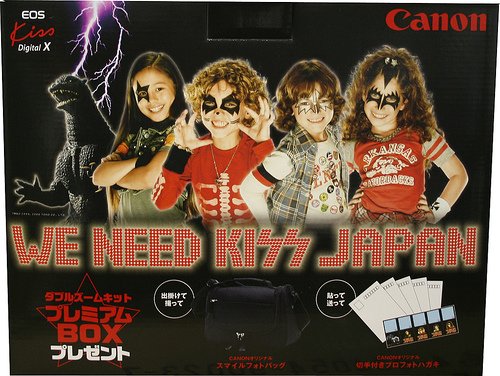Last time I talked about how education in Japan worked, especially high school, which is optional for students here — they can choose not to go without any penalty, although most know they’d be fools not to get an education while they can. Since high schools operate like a miniature version of the university system, competition for students creates a real incentive for educators to offer a solid program, and any school whose academic reputation declines will face a drop-off in the number of students that choose to come there. High schools specialize, too, with “college prep” schools for students intending to go to university, “commercial” schools that offer a more practical education for those who’ll be entering the work force, and even an agricultural high school near our city. As with universities, some high schools are run by a city or prefecture while others are private institutions, and it’s the lower-cost public schools that are most in demand. (A brief aside: the Japanese staff of J-List just told me they had all assumed that the reason Harvard was so popular was because it was the cheapest school in America. Woah, culture shock.) The choice of which high school to apply for can be an important one for young people, and I’ve seen quite a few 15 year olds who seemed mature beyond their years as they reflected seriously on what high school choice would best serve them in the future. Currently many of Japan’s college-oriented high schools are getting in trouble for not teaching all the required hours of coursework, offering lessons targeted at what students will face on their college entrance exams rather than what the Ministry of Education has ordered them to teach.
Happy Birthday to Ultraman, who turned 40 years old this year. Along with Godzilla, Astro Boy and Johnny Sokko and his darned Egyptian-looking Flying Robot that practically no one remembers anymore, Ultraman was of the most famous early ambassadors of Japanese popular culture to the world. Created by Eiji Tsuburaya, the mastermind behind the special effects in the Godzilla movies, Ultraman was very ground-breaking, with high budgets and gorgeous special effects, for 1966, anyway. The story of a rubber-suited hero from Nebula M78 who comes to Earth disguised as mild-mannered Shin Hayata, and who transforms with that cool “flying punch at the camera” effect whenever he’s needed, the Ultraman series went on through a total of 20 generations, featuring such characters as Ultraman Seven (the most popular series with die-hard otaku), Ultraman Powered (he’s from America, and has blue eyes to prove it) and evil Ultraman Agul. When my son was small we watched all the Ultraman series of the day together — my favorite was Ultraman Gaia, which was cool because of its story arcs, including one about a TV reporter who suspected the main character’s secret identity and kept trying to catch him as he did his transformation. Ultraman is so famous, even the monsters he banishes are household names here, from lobster-shaped Baltan to the metal-eating Kanegon and my own favorite, the psychedelic-looking Dada.
Well, Asashoryu (ah-sah-sho-RYU, and no, that’s not the “shoryu” from “shoryuken” in Street Fighter II, I checked) has pulled another stunning victory out of his topknot. The Mongolian wrestler pounded 15 opponents in the Kyushu Tournament to receive his 19th win over the weekend. Sumo wrestling (just called “sumo” in Japanese) is the national sport of Japan, receiving special status and support from the government. It’s an incredibly old sport, practiced since prehistoric times in Japan, and taking its more modern form in the Edo Period. There are six tournaments held during the year, four in Tokyo and one each in Kyushu and Nagoya three in Tokyo and one each in Kyushu, Nagoya and Osaka, each consisting of 15 days of bouts, with each wrestler going up against a different opponent each day. The current record holder is the famous Taiho, the half Japanese, half-Russian wrestler who won 32 bouts in his career from 1961-1971. I wonder if Asashoryu will be able to beat this score? (Note: if you’re a sumo fan, our Yokozuna T-shirt is really a cool esoteric item.)
The holiday shopping season is upon us, and J-List is ready to get your order out to you with speedy speed — whatever you need, make your order now and we’ll get it on its way to you with no delay. I asked the J-List staff to come up with the items they thought were best for gift-giving, and they came up with the following short list of recommendations:
- Case of Black Black caffeine gum (great for caffeine addicts)
- J-List Best Seller Snack Set (or mix and match your own)
- Hidamari no Tami or Unazukin toys (great for friends at the office)
- Joke gift like our Japanese actress blow-up dolls (great gag item)
- Totoro or Cat Bus plush (they’re so soft, they’ll be appreciated for years)
- Huggable Domo-kun Pillows (Japan’s cutest monster)
- Toilet paper (Hello Kitty, kanji) (they’ll never see this gift coming)
- Subscription to a Japanese magazine (we now offer annual subscriptions)
- “In emergency, commit seppuku along the dotted line” T-shirt (or choose from 70 other shirt items)
- A handy J-List gift certificate












